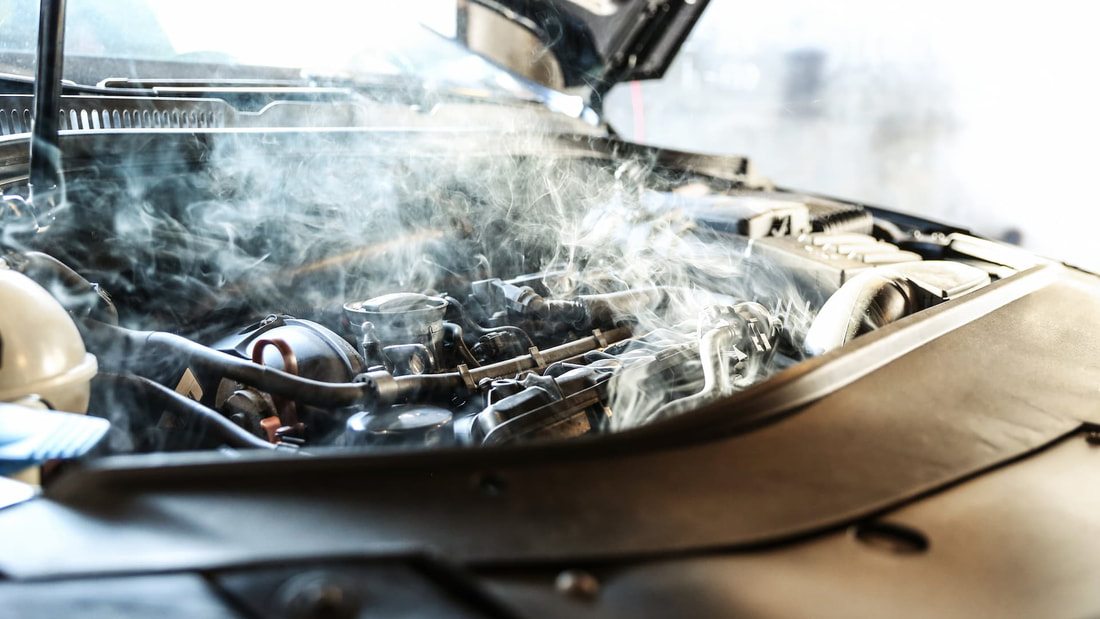Do It Yourself |
CHANGING FLAT TIRE top
|
ENGINE OVERHEATING top
|
Your temperature gauge warns you of overheating, but many drivers notice it only when smoke appears.
|
JUMP STARTING A DEAD BATTERY top
|
Pushing (Manual Cars Only)
|
A dead battery means your car won’t make any noise when you try to start it. If stuck in traffic, secure your car and ask for help. Manual cars can be pushed to a safe spot, but automatic cars must not be pushed. You have two options: Jumpstarting (A/T & Manual) or Pushing (Manual Only).
Jumpstarting (A/T & Manual)
|



